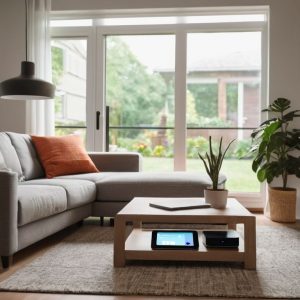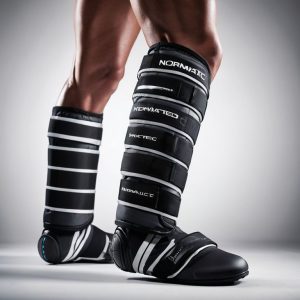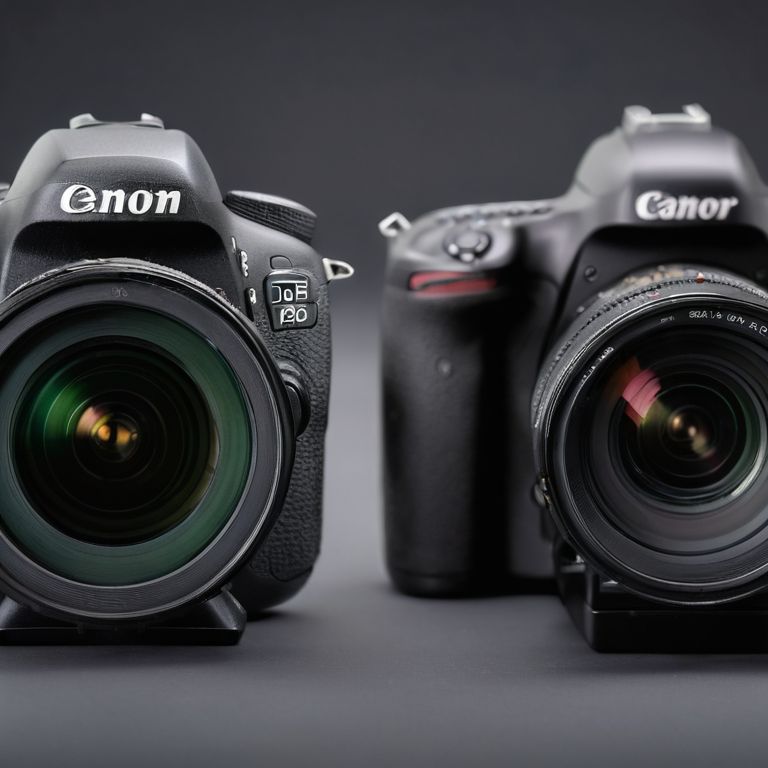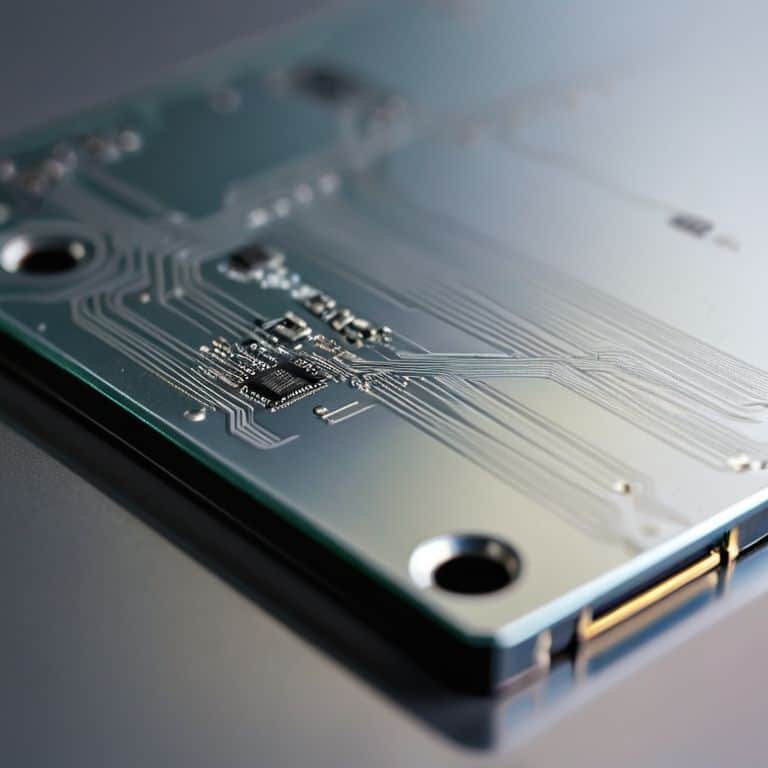As a former hardware engineer, I’ve seen my fair share of debates about full-frame vs aps-c sensors. It’s a choice that can make or break a photographer’s workflow, and yet, the information out there can be overwhelming. I’ve lost count of how many times I’ve been asked to explain the difference between these two sensor sizes, only to be met with a mixture of confusion and frustration. It’s like trying to navigate a _plumbing system_ without a map – you know the basics, but the nuances can be tricky to grasp.
In this article, I promise to cut through the hype and provide you with a _no-nonsense_ guide to understanding full-frame vs aps-c sensors. I’ll draw from my own experience designing components for smartphones and laptops to break down the core principles of each sensor size. My goal is to empower you with knowledge, so you can make an informed decision that suits your photography needs. I believe that technology should be accessible to everyone, and I’m excited to share my insights with you in a way that’s easy to understand, without requiring a degree in engineering.
Table of Contents
Full-Frame Sensors
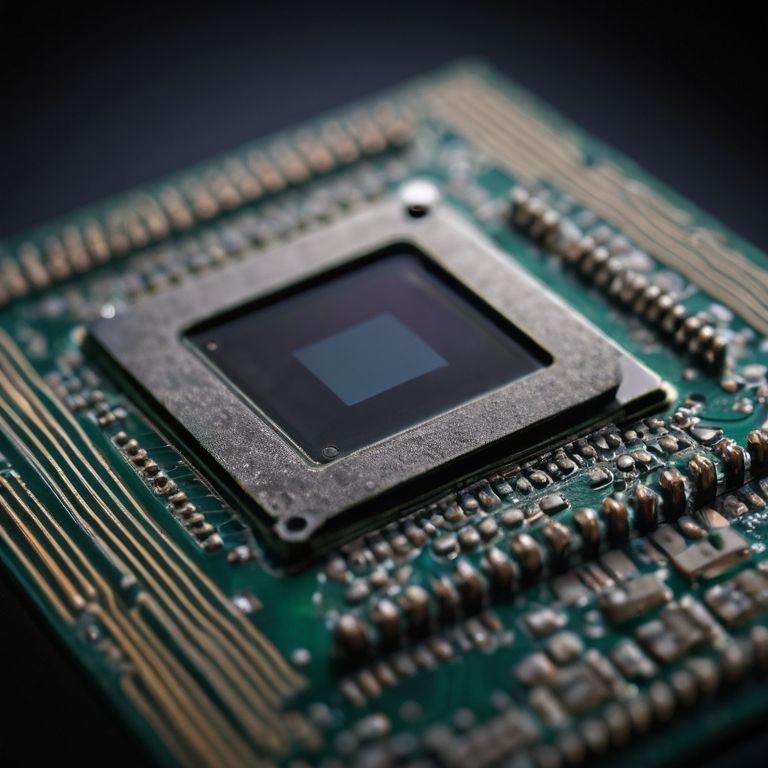
A full-frame sensor is a type of image sensor that has a size equivalent to a 35mm film frame, allowing it to capture more light and detail. The core mechanism of a full-frame sensor lies in its ability to utilize a larger pixel size, which contributes to its main selling point: exceptional low-light performance and _increased dynamic range_. This makes full-frame sensors a top choice for professional photographers and enthusiasts alike.
For me, the magic of full-frame sensors lies in their ability to bring out the _nuances of everyday scenes_. I recall a photography trip where I captured a stunning sunset using a full-frame sensor camera, and the resulting image had a depth and richness that was simply breathtaking. The way the sensor handled the interplay of light and shadows was incredible, making the experience feel almost tangible. This is what makes full-frame sensors so appealing – they can elevate your photography to a whole new level of artistry and expression.
APS-C Sensors
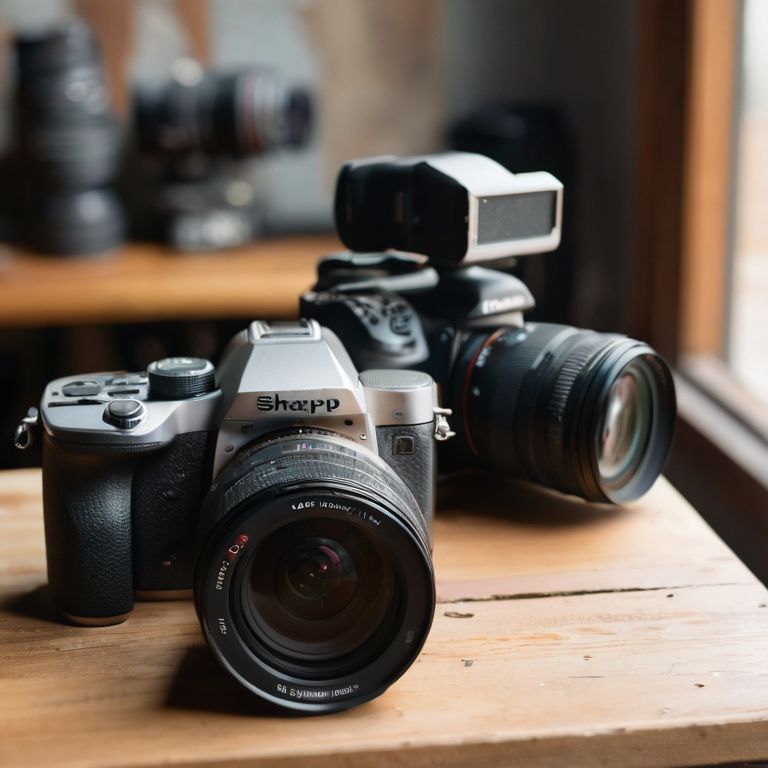
An APS-C sensor is a type of image sensor that is smaller than a full-frame sensor, but still offers excellent image quality and a more affordable price point. The core mechanism of an APS-C sensor involves a _crop factor_ that affects the focal length of lenses, which can be both a benefit and a limitation. The main selling point of APS-C sensors is their cost-effectiveness and _portability_, making them a popular choice for enthusiasts and hobbyists.
As someone who’s passionate about making technology accessible, I believe APS-C sensors matter because they democratize photography. They offer a more affordable entry point for those who want to explore the world of photography without breaking the bank. I’ve seen friends and family members start their photography journey with APS-C sensor cameras, and it’s amazing to see how these sensors can still produce _high-quality images_ with the right techniques and equipment. This is what makes APS-C sensors so important – they make photography more inclusive and fun for everyone.
Head-to-Head Comparison: Full-Frame vs APS-C Sensors
| Feature | Full-Frame | APS-C |
|---|---|---|
| Price | Higher | Lower |
| Image Quality | Better | Good |
| Sensor Size | 35mm | 23.6×15.7mm |
| Best For | Professional, High-End | Enthusiasts, Beginners |
| Depth of Field | Shallower | Deeper |
| Low Light Performance | Better | Good |
| Camera Body Size | Larger | Smaller |
Full Frame vs Aps C Sensors
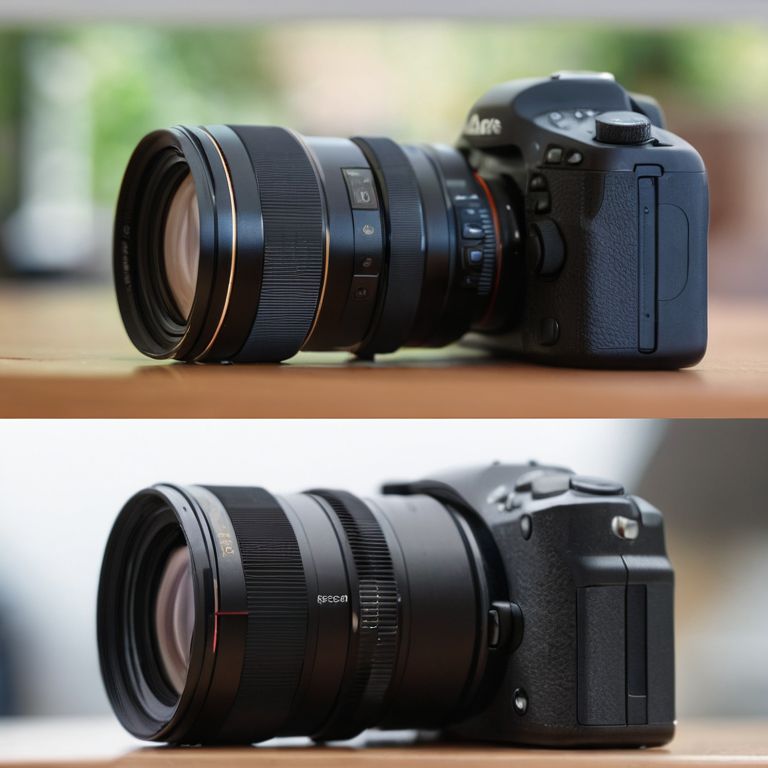
So, why does the sensor size matter in the full-frame vs APS-C debate? It’s quite simple really: the size of the sensor directly affects the overall image quality. A larger sensor can capture more light and produce a shallower depth of field, which is ideal for portrait and landscape photography.
When it comes to low-light performance, full-frame sensors generally outshine APS-C sensors. This is because full-frame sensors have larger pixels that can capture more light, resulting in less noise and better image quality in low-light conditions. On the other hand, APS-C sensors have smaller pixels that can lead to more noise and a “grainy” effect in low-light situations.
In terms of practical implications, the difference in sensor size can significantly impact the type of photography you can do. For example, if you’re into portrait or wedding photography, a full-frame sensor might be the better choice due to its ability to produce a shallower depth of field and better low-light performance. Therefore, I’d say that full-frame sensors are the clear winner when it comes to sensor size, offering better image quality and more versatility in different lighting conditions.
Key Takeaways: Full-Frame vs APS-C Sensors
Full-frame sensors generally offer better low-light performance and shallower depth of field due to their larger size, making them ideal for professional photographers and those who want the best image quality
APS-C sensors, on the other hand, are more compact, less expensive, and offer a longer reach with telephoto lenses, making them a great choice for enthusiasts, hobbyists, and those who prioritize portability and affordability
Ultimately, the choice between full-frame and APS-C sensors depends on your specific needs, budget, and photography style, and understanding the pros and cons of each can help you make an informed decision and get the most out of your camera
The Sensor Saga
The choice between full-frame and APS-C sensors is not just about the size of the sensor, but about the kind of story you want to tell with your camera – do you want the expansive, detailed landscape of a novel, or the intimate, focused portrait of a poem?
Chloe Brennan
The Final Verdict: Which Should You Choose?
As we’ve explored the world of full-frame and APS-C sensors, it’s clear that each has its own set of advantages and disadvantages. Image quality is a major factor, with full-frame sensors generally producing better results in low light and with shallower depth of field. However, APS-C sensors have their own strengths, particularly in terms of cost and size. When deciding between the two, it’s essential to consider your specific needs and preferences as a photographer.
Ultimately, the choice between full-frame and APS-C sensors depends on the type of user you are. If you’re a professional photographer who demands the highest image quality and has a budget to match, a full-frame sensor may be the way to go. On the other hand, if you’re a hobbyist or enthusiast looking for a more affordable and portable option, an APS-C sensor could be the perfect fit. By understanding the strengths and weaknesses of each, you can make an informed decision and choose the sensor that best suits your photography needs.
Frequently Asked Questions
What are the key differences in image quality between full-frame and APS-C sensors?
Let’s dive into image quality. The key difference lies in the sensor size – full-frame sensors capture more light and detail, resulting in better low-light performance and shallower depth of field, while APS-C sensors produce a slightly different look with more depth of field, making them great for certain types of photography, like landscapes or portraits.
How do the sizes of full-frame and APS-C sensors affect the overall size and weight of a camera?
Think of a camera sensor like a pipe in a plumbing system – its size affects the overall system’s size and efficiency. A full-frame sensor is like a large pipe, requiring a bigger camera body to accommodate it, while an APS-C sensor is smaller, allowing for more compact cameras. This size difference impacts the overall weight and portability of the camera.
Are there any specific photography genres or situations where one sensor size is significantly more beneficial than the other?
Let’s get specific – for genres like landscape, astrophotography, or portrait photography, full-frame sensors often shine due to their better low-light performance and shallower depth of field. On the other hand, APS-C sensors are great for wildlife, sports, or street photography, where their crop factor can be a bonus, offering more reach with your lenses.
